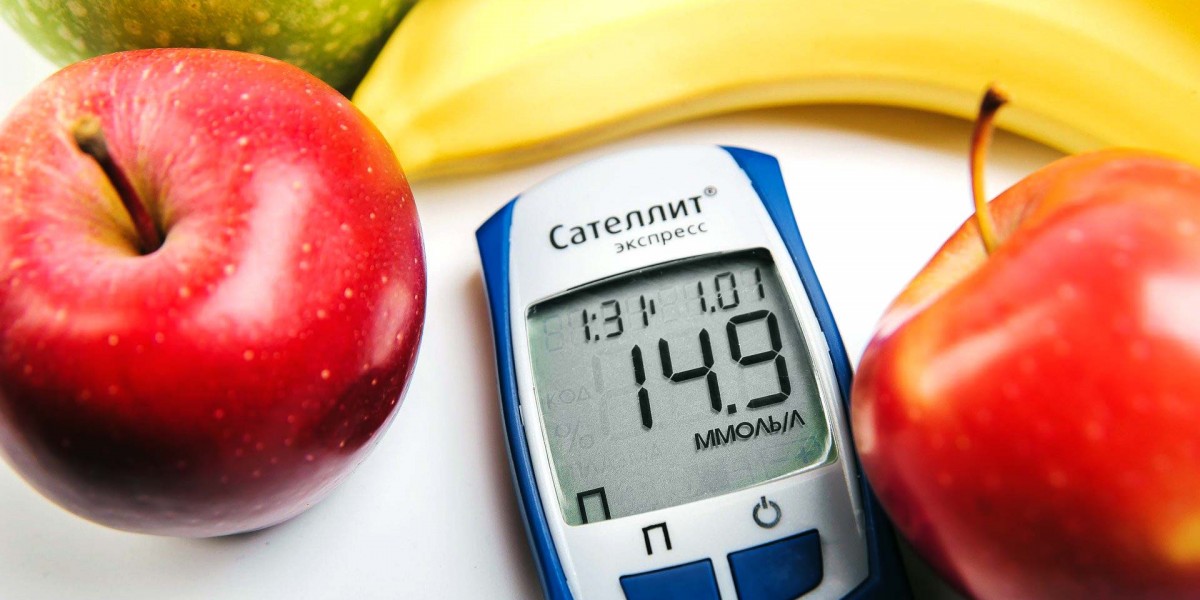Diabetes is the biggest challenge confronting Australia’s health system – it costs the economy a hefty $14 billion every year. There are 1.8 million Australians living with diabetes, this includes half a million people who suffer from undiagnosed Type 2 diabetes. This means that one in four adults over the age of 25 is living with either diabetes or pre-diabetes.
What exactly is diabetes?
Diabetes is a chronic condition that affects the way the body processes blood sugar, also known as glucose. For your body to work properly, a healthy level of glucose must be maintained. Glucose is the body’s main source of energy and it comes from carbohydrates like bread, pasta, rice, fruits, milk and yoghurt. When these foods are eaten, the bloodstream carries the glucose around the body, where the cells convert it into energy.
In order to break down the glucose so it can enter the cells, insulin is required. Insulin is a hormone produced in the pancreas. In a person with diabetes, the pancreas makes too little insulin or none at all. The glucose will stay in the bloodstream instead of being turned into energy.
The resulting high levels of glucose in the blood can have short- and long-term effects on the body and can cause damage to the heart, brain, kidneys, eyes and feet.
So, it’s all down to the pancreas not doing its job properly.
Types of diabetes
All types of diabetes are serious and can lead to complications if they are not managed properly. The three main types are type 1, type 2 and gestational diabetes.
Type 1 diabetes is an autoimmune disease. This means the pancreas no longer produces the insulin you need. People with Type 1 diabetes need to regularly monitor their glucose levels and either inject insulin or use an insulin pump to keep those levels within a healthy range.
The facts:
- Type 1 diabetes is one of the most common chronic childhood conditions in developed nations like Australia. It is often diagnosed in childhood but can develop at any age
- Close to 120,000 Australians are currently living with Type 1 diabetes
- Type 1 diabetes represents 10 to 15%% of all cases of diabetes and is increasing each year
- It is not caused by lifestyle factors and has no known cause or cure
Type 2 diabetes occurs when the pancreas is not producing enough insulin or the insulin produced is not working effectively. With regular physical activity, a healthy eating plan and regular health checks, type 2 diabetes can be managed.
The facts:
- Type 2 diabetes is a progressive condition and over time, medication may be required to manage blood glucose levels
- 1.3 million Australians are currently living with type 2 diabetes
- Type 2 diabetes represents 85% of all cases of diabetes and is increasing each year
- Risk factors include age, family history, ethnicity and lifestyle factors such as an unhealthy diet and lack of physical activity
- Nearly 60% of cases can be delayed or prevented with changes to diet and lifestyle
Gestational diabetes is a condition that occurs during pregnancy. It is diagnosed with a blood test and an oral glucose tolerance test between 24 and 28 weeks of pregnancy. Gestational diabetes can be managed with diet and exercise, although some women may require medication or insulin until the baby is born. Most women will no longer have diabetes after the baby is born.
The facts:
- Gestational diabetes affects one in seven pregnancies
- It is the fastest-growing type of diabetes in Australia
- Women who have had gestational diabetes are at greater risk of developing Type 2 diabetes later in life
- Risk factors include age, ethnicity and being above a healthy weight-range when pregnant
How you can help
Someone in Australia is diagnosed with diabetes every five minutes. That’s almost 300 people every single day. And unfortunately, diabetes is also the seventh most common cause of death by disease in Australia.
Diabetes NSW & ACT is dedicated to helping people living with or at risk of diabetes, their families, friends and carers. Their priority is the health and wellbeing of their community. They provide programs, services and information to help everyone affected by diabetes to live their best lives.
Make life easier for people living with diabetes by donating here

